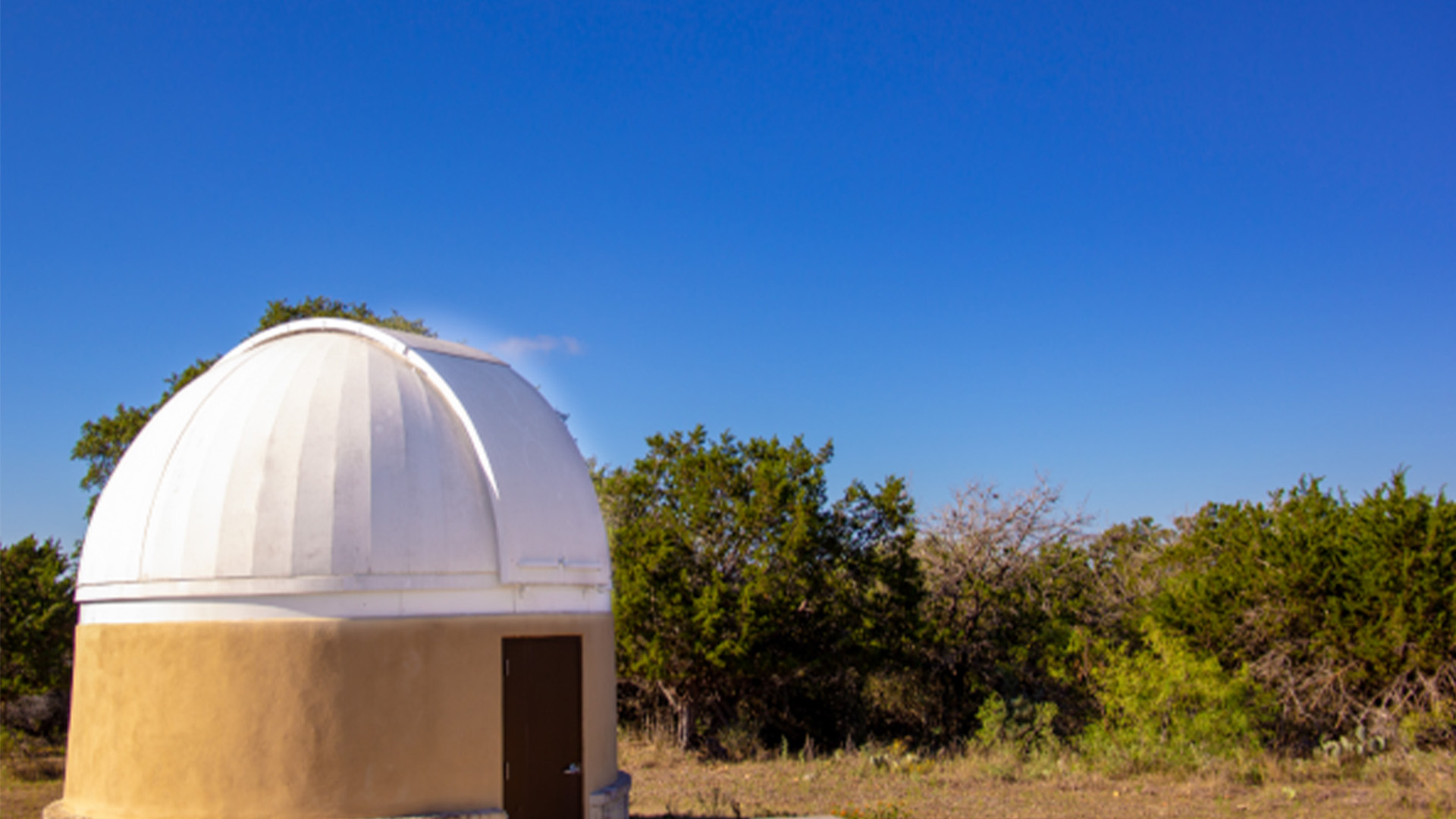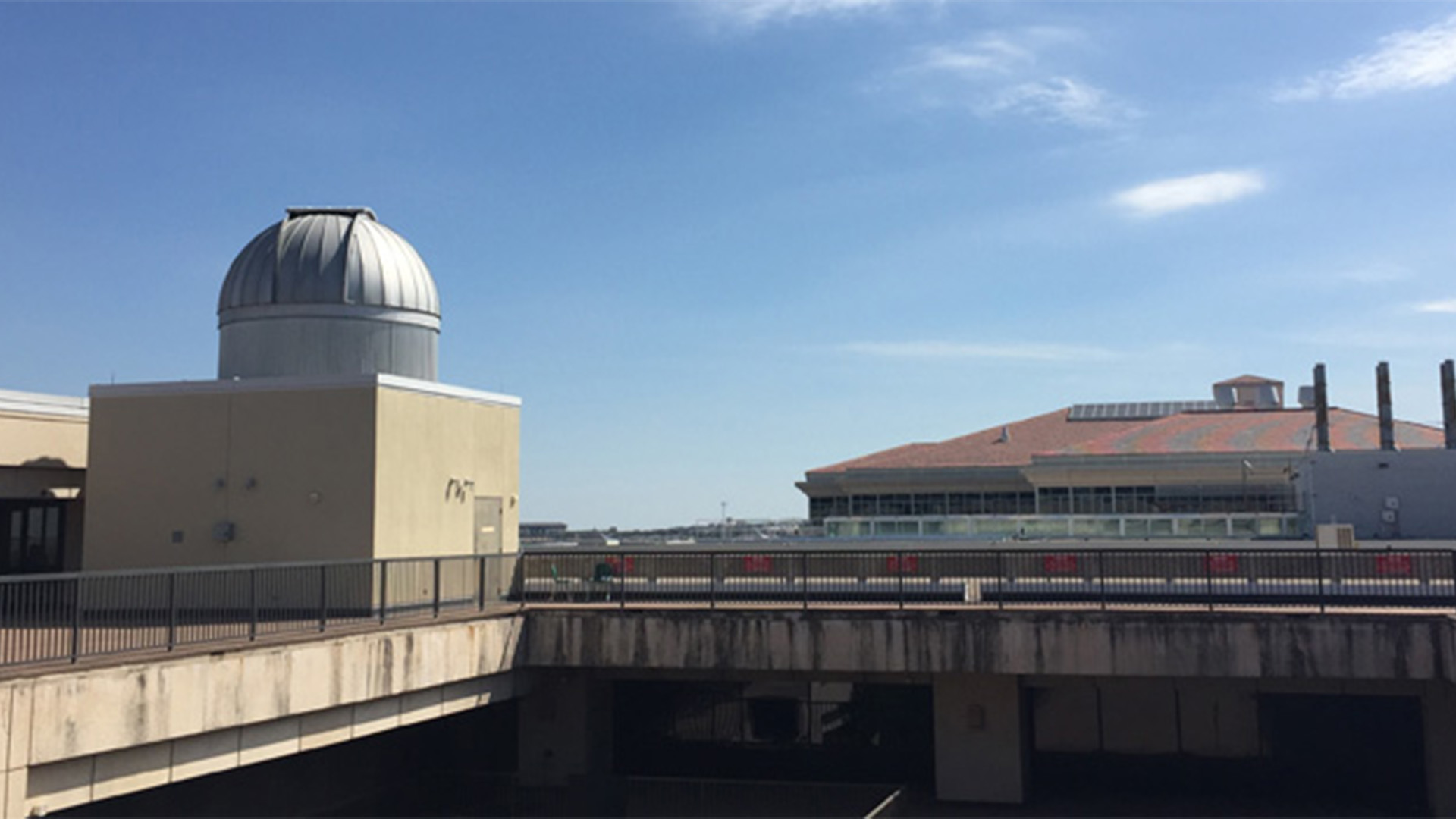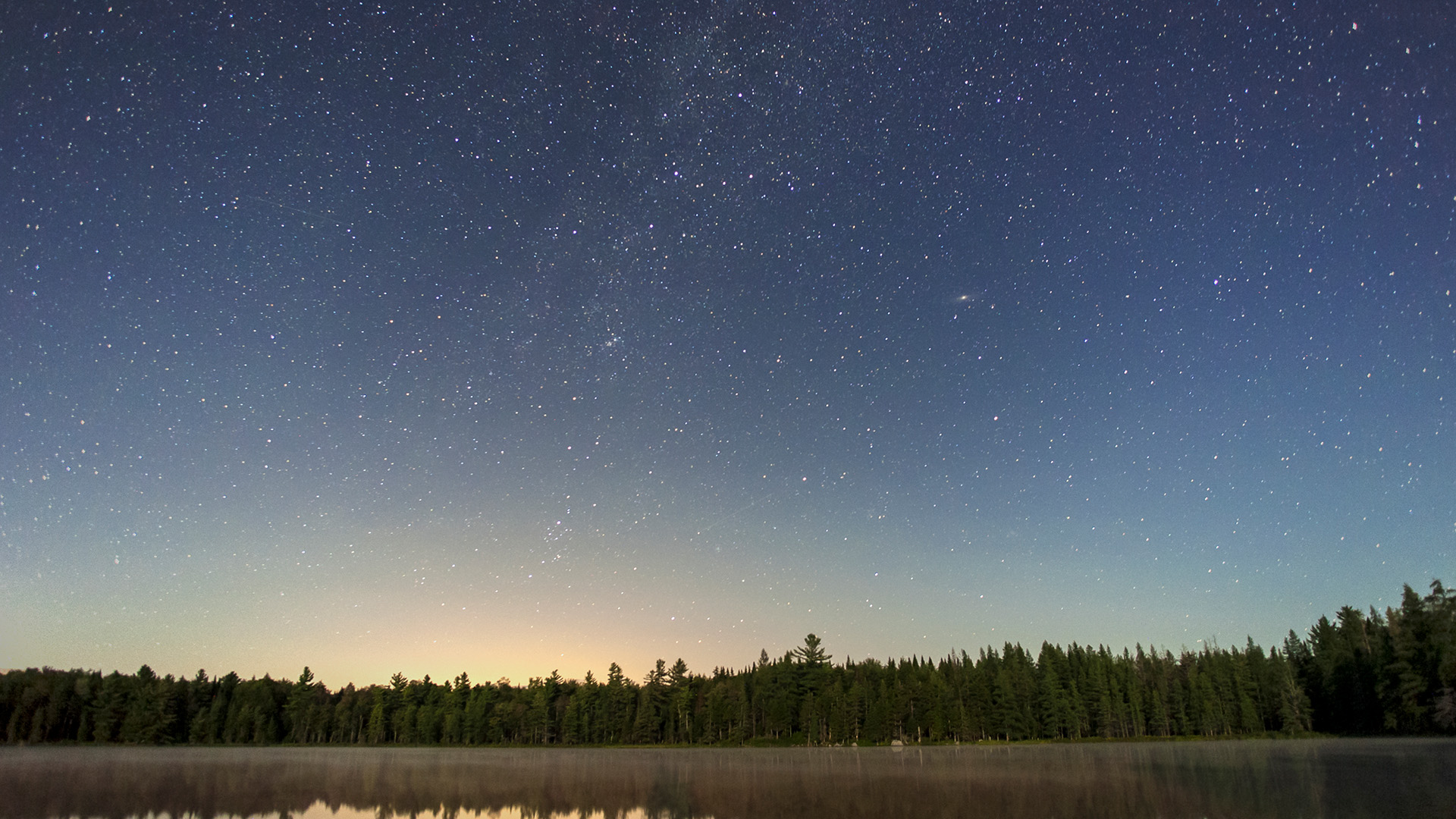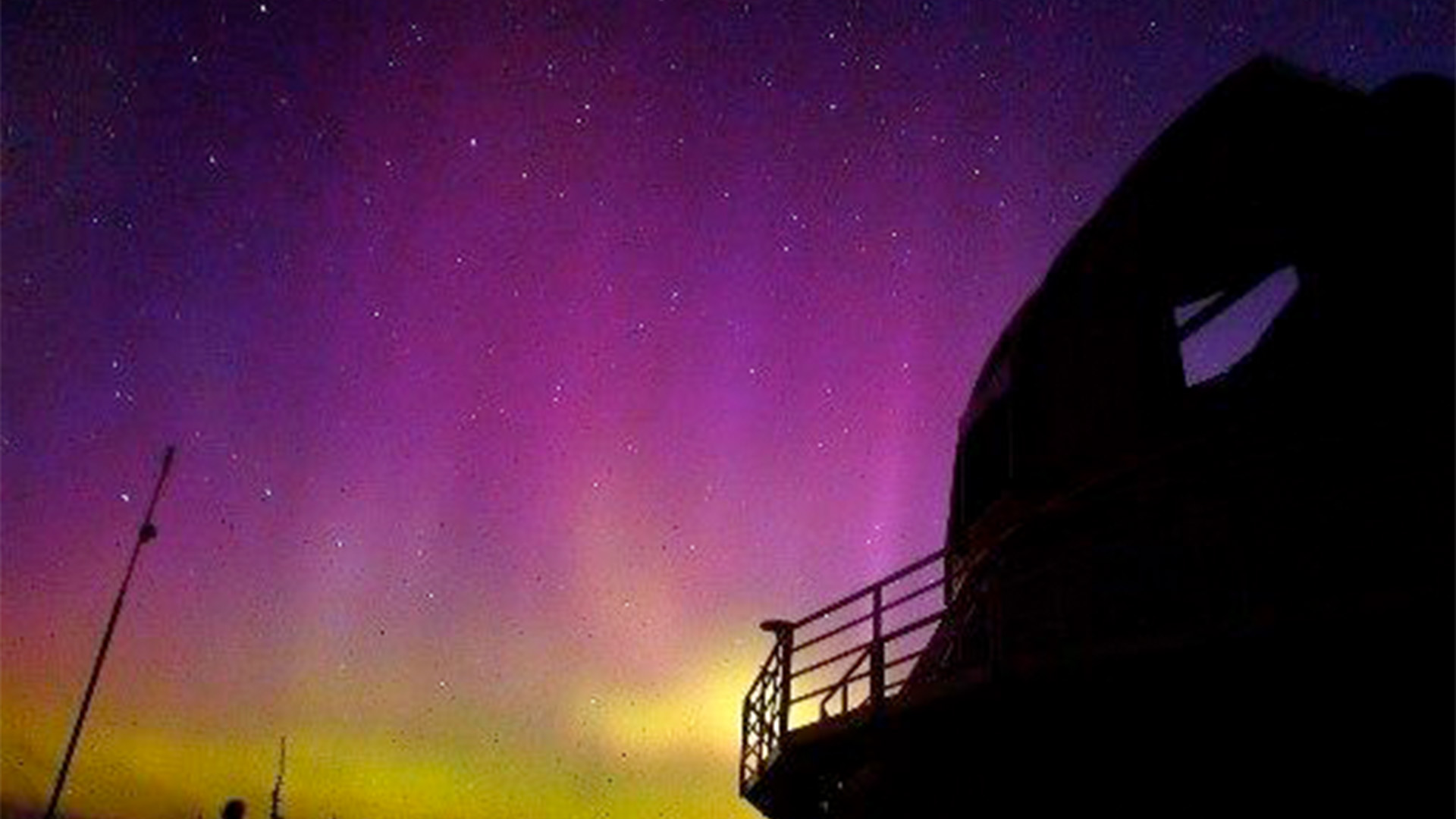April 8 solar eclipse: 4 telescopes and observatories where you can watch totality
The April 8 total solar eclipse will be visible from several astronomical observatories across North America. Here are four that have big events planned for the day the sun disappears.
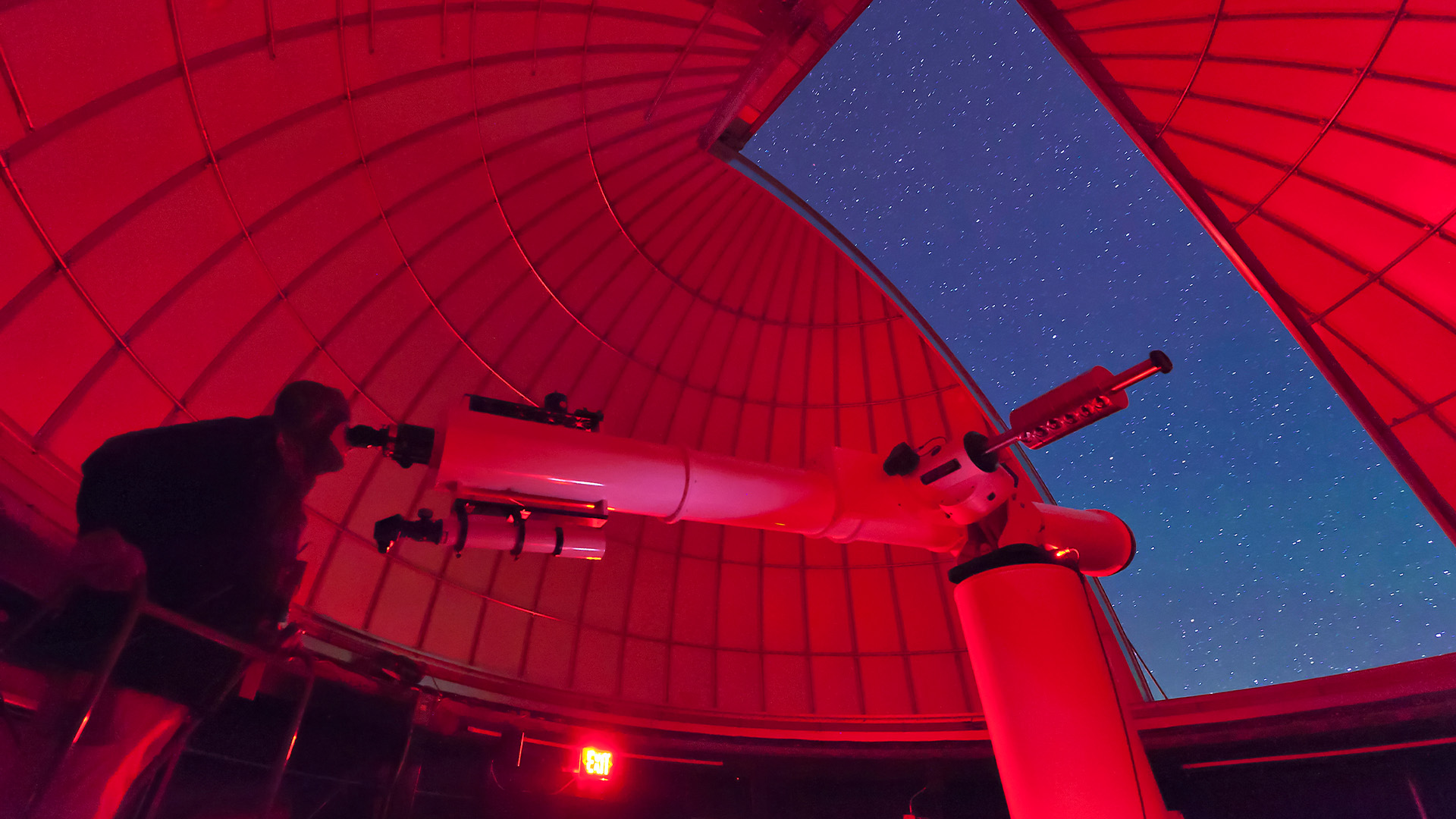
The April 8 total solar eclipse will be the biggest astronomical event of the year. You don't need to be an astronomy enthusiast to appreciate the spectacular sky show — but, a handful of observatories on the path of the eclipse could help make your experience even more exciting.
At least a partial eclipse will be visible from all of North America on April 8, but to witness the total solar eclipse — and thus experience darkness in the daytime — you must be within the path of totality, which will be about 115 miles (185 kilometers) wide and extend from Mexico to Canada, passing through 15 U.S. states. (These are the 10 biggest cities on the path of the eclipse).
All solar eclipses occur during a new moon, leaving every evening of the prior week free of moonlight, which is perfect for astronomy. With the path of totality stretching 10,000 miles (16,000 km) across Earth's surface that day, it's no surprise that some astronomical observatories and science centers will fall within the moon's dark central shadow.
Here are some of the observatories that are within the path of totality and have events planned for April 8:
1. Loftis Observatory
A residential event at Loftis Observatory at Schreiner University in Kerrville, Texas, from April 4-8 will include stargazing, guest speakers, movies and food. Tickets cost $2,500 apiece for an all-inclusive four-night stay on campus, with cheaper options for those who don’t need lodging. Totality here will last 4 minutes, 23 seconds.
2. Curtis Vaughan Jr. Observatory
The UTotal Solar Eclipse event will be staged by the University of Texas at Austin on April 8 at the Curtis Vaughan Jr. Observatory on the University of Texas at Austin campus. Home to a 16-inch Meade LX200 telescope, a stargazing event is planned for April 5. Totality here will last 2 minutes, 28 seconds.
3. Adirondack Sky Center & Observatory
Situated in Tupper Lake, New York, the Adirondack Sky Center & Observatory will host Totality In Tupper. The event will have family-oriented activities on eclipse day, as well as an 18-foot (5.5 meters) megascreen, music, food and entertainment. Totality here will last 3 minutes, 33 seconds.
Get the world’s most fascinating discoveries delivered straight to your inbox.
4. Mont-Mégantic Observatory
On April 8, an observation event will be held at Mont-Mégantic Observatory in Quebec's Mont-Mégantic National Park. It's the largest professional observatory in the path of totality, and 2,500 people are expected to attend. Solar telescopes will be available at the nearby ASTROLab museum, and tickets include bus transportation to the site. Totality here will last 3 minutes, 28 seconds.
Wherever you choose to experience the eclipse, remember: DO NOT look directly at the sun without proper safety equipment, such as a pair of high-quality eclipse glasses, or you could face permanent eye damage or even blindness. There are also many safe ways to watch the eclipse indirectly, including though a homemade eclipse viewer.

Jamie Carter is a freelance journalist and regular Live Science contributor based in Cardiff, U.K. He is the author of A Stargazing Program For Beginners and lectures on astronomy and the natural world. Jamie regularly writes for Space.com, TechRadar.com, Forbes Science, BBC Wildlife magazine and Scientific American, and many others. He edits WhenIsTheNextEclipse.com.


